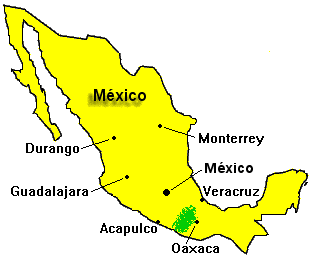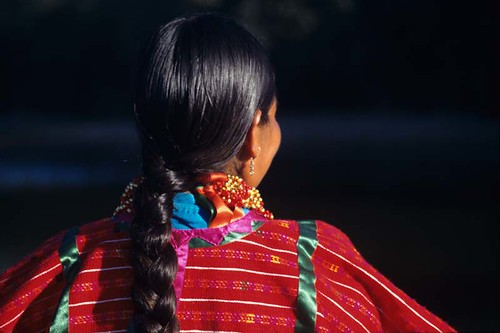The Triqui are an indigenous people of the western part of
the Mexican state of Oaxaca. They number around 23,000 and live in a
mountainous region, called "La Mixteca Baja." The area they live in
is known as the Mexteca, the South Central part of Mexico.
 |
| http://www-01.sil.org/mexico/nombres/10ge-mixeMixteco.htm |
They live in a mountainous area that is separated in three main regions: the high region of San Andrés de Chicahuaxtla, the middle region of San Martín Itunyoso and the bottom region of Copala.
Copala is the closest to sea level and is considered the hot zone. It has numerous rivers and has different plantations.
 |
| http://hb-wedding.blogspot.com/ |
Itunyoso is the forest area the is above Copala and it is also considered the warm area.
 |
| http://www.viewphotos.org/mexico/images-of-San-Martin-Itunyoso-1183.html |
Chicahuaxtla is the highest area in elevation and is considered the cold zone of the mountain.
 |
| http://thelmacabrera.wordpress.com/what-is-triqui/ |
This diverse landscape has helped to nourish and support a rich indigenous heritage that is evident from the moment you arrive.
References:
http://thelmacabrera.wordpress.com/what-is-triqui/










.jpg)



.jpg)





